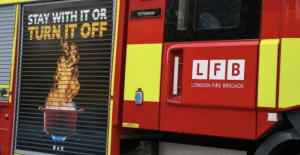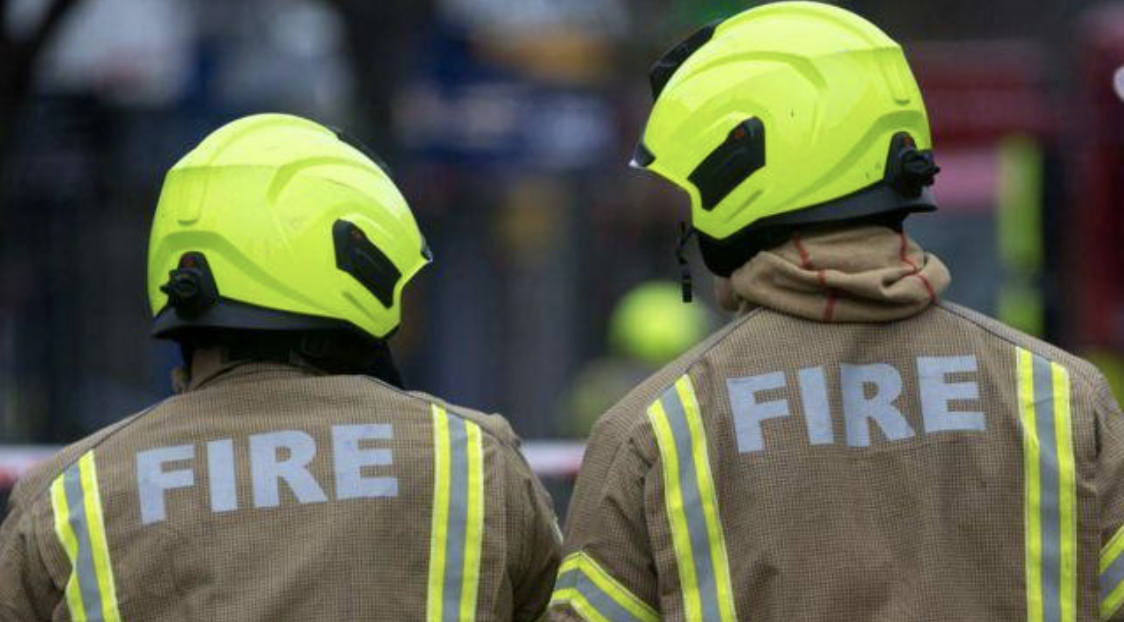One of the most commonly talked about concerns within the building management community is unsurprisingly the risk of fire. Managing residential building safety from the risk of fire has always been a priority, especially when fires can be caused in so many common ways, including electrical malfunctions, cooking accidents, heating equipment, smoking, and candles to name a few. In fact, the latest figures (2021/2022) show 27,172 fires in homes in England were attended by the fire and rescue service, with 4,234 casualties and 185 fatalities.
I still find these numbers shockingly high, despite the fact they have fallen significantly in the past 20 years. They also put the terrible Grenfell Tower fire into perspective, which occurred on 14 June 2017, started in a faulty refrigerator, and killed 72 people. This fire highlighted issues with social inequality, lack of government action, and inadequate enforcement of building regulations and led to the current cladding crisis, which as we all know, contributed to the rapid spread of the fire on the outside of the building.
Existing residential building codes and fire safety regulations have always been there and are designed to mitigate the risk of fire by requiring the installation of various systems such as smoke detectors, fire alarms, sprinkler systems, adequate fire compartmentation and fire escapes. All of which needs to be periodically assessed to ensure measures are adequate.
However there appears to be a clear line between what the building management company does and must do to prevent fire, and what, if anything the resident must do. But it is the resident in danger of fire, and I can’t help thinking that a joined-up strategy that removes the “them and us” approach, would have a far greater impact to safeguard our buildings from fire. And to ensure this happens, it is the building management that is going to have to take the initiative
In all residential buildings it’s important for residents to take fire safety measures seriously, some of the basic measures include, having an escape plan, regularly checking smoke detectors in their home, and avoid behaviours that increase the risk of fire, such as smoking indoors, using BBQs, particularly disposable on balconies, or overloading electrical outlets, not leaving cooking unattended, and keeping flammable materials away from heat sources. But even ensuring the basic information is actioned takes effort and providing information in a format to residents that can be easily digested is vital to get the message across. And residents consume information in so many ways and often in many different languages. Considerations can include.
detectors in their home, and avoid behaviours that increase the risk of fire, such as smoking indoors, using BBQs, particularly disposable on balconies, or overloading electrical outlets, not leaving cooking unattended, and keeping flammable materials away from heat sources. But even ensuring the basic information is actioned takes effort and providing information in a format to residents that can be easily digested is vital to get the message across. And residents consume information in so many ways and often in many different languages. Considerations can include.
Residents in high-rise residential buildings may receive information about fire safety and prevention through a variety of channels, including:
- Providing information on fire safety procedures, evacuation plans, and fire prevention tips during tenant orientation or through regular communication such as newsletters or email updates.
- Signs and posters can be posted in common areas, hallways, and elevators reminding residents of fire safety rules and providing guidance on what to do in case of a fire.
- Conduct regular fire drills, and not just in high-rise buildings, which can prepare residents for emergencies and ensure that everyone knows how to evacuate safely
- Engage the local fire department who often offer educational programs and distribute their own fire safety materials.
- The provision of online resources such as the website of their local fire department or the National Fire Protection Association, along with all of the above information can make staying up to date easy for most residents.
These measures should be undertaken for all residential buildings regardless of whether they are mid or high-rise. However, given the actions being undertaken across the country to identify which of our buildings are at a heightened risk of fire, what else should we be doing when we know that even the smallest fire could result in a devastating fire?
The first thing that springs to mind is of course implementing a “waking watch”. Having trained personnel patrolling the building 24/7 to detect and respond to any fire hazards is a key measure when a building has been identified as containing the flammable type of cladding that is so devastating to our homes during a fire. This is however just a part of the solution. Many building management companies know that the process of replacing combustible cladding will take years not months, so the additional precautions required should be implemented at pace, to safeguard this higher risk building from fire. Considerations include.
- An increased frequency of regular safety inspections, to identify potential fire hazards and take necessary precautions to mitigate them.
- Implementing temporary fire suppression measures such as sprinklers, additional fire extinguishers, or fire blankets, to provide added protection until the cladding remediation works are completed.
- Residents can be provided with fire safety training to ensure they are aware of the risks and understand the precautions that should be taken to safeguard against fire. This can include information on how to properly use temporary fire suppression measures and how to evacuate the building in case of fire.
- Residents can be encouraged to purchase and install their own fire safety equipment, such as smoke detectors or fire extinguishers, the use of which can be included in the fire safety training.
- Enhanced building security or the “waking watch” referred to earlier provides a vital measure to detect and respond to any fire hazards and prevent unauthorized access to the building and reduce the risk of arson or other intentional acts of fire.
It’s important for building management companies to properly communicate with residents regularly and collaboratively to provide constant reminders of fire safety precautions and procedures, as well as updates on the eventual progress of the cladding remediation works. Residents should be encouraged to engage with building management in whatever format they feel most comfortable and absorb and implement the information provided as well as report any fire safety concerns or potential hazards back to the building management team.


0 Comments